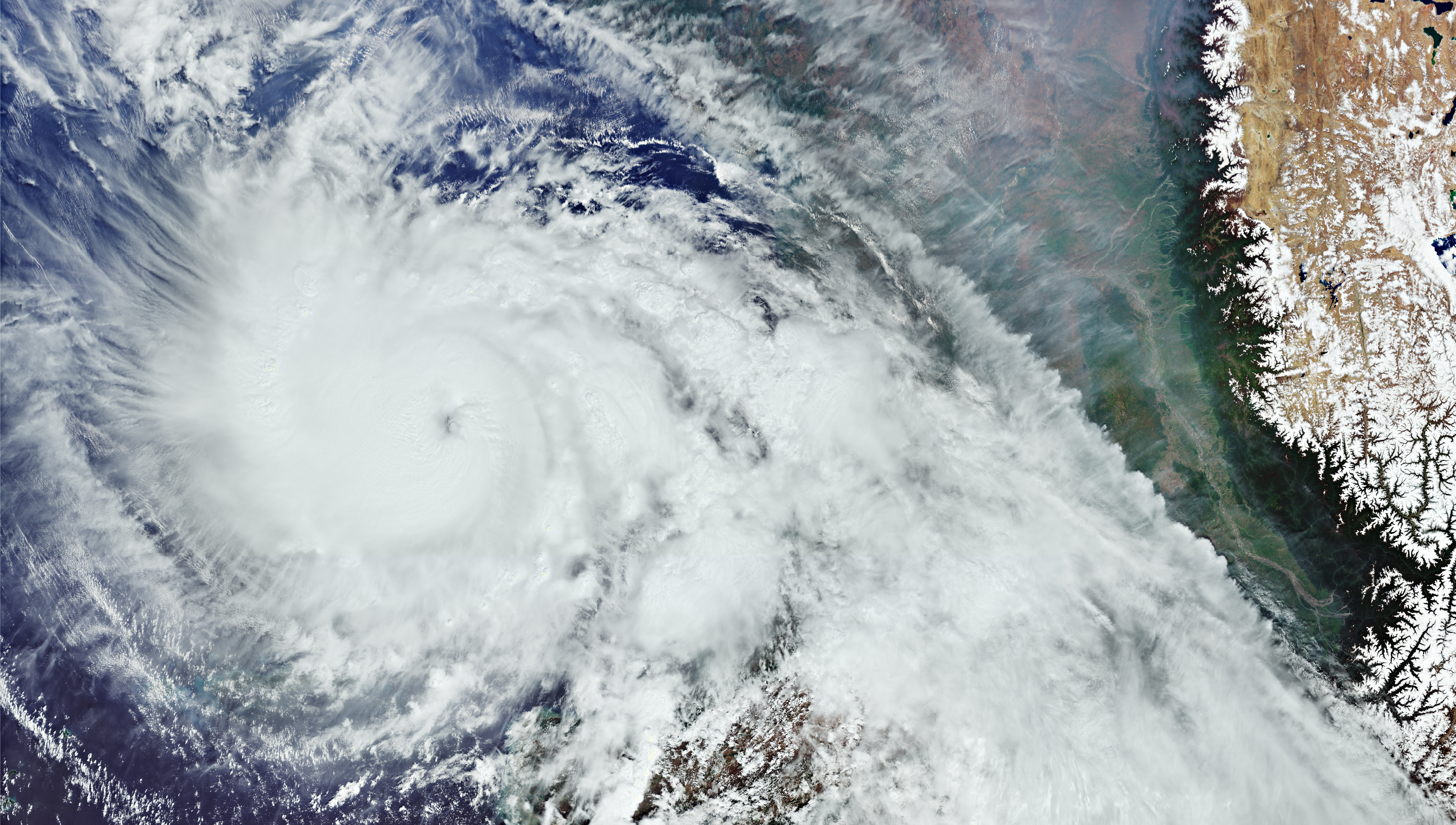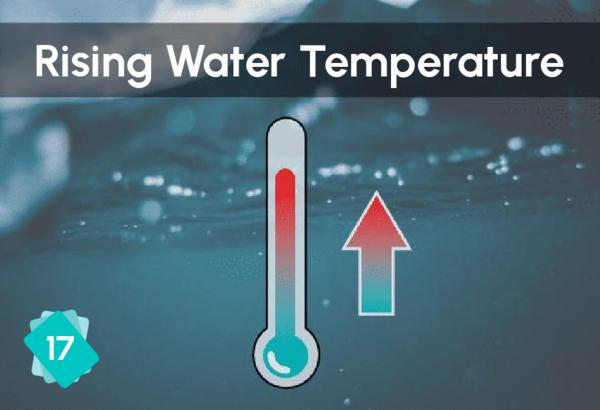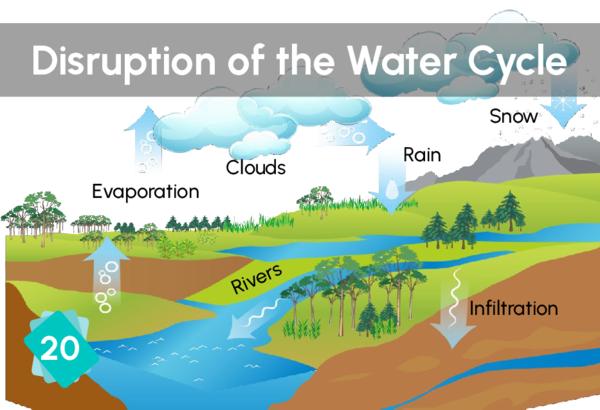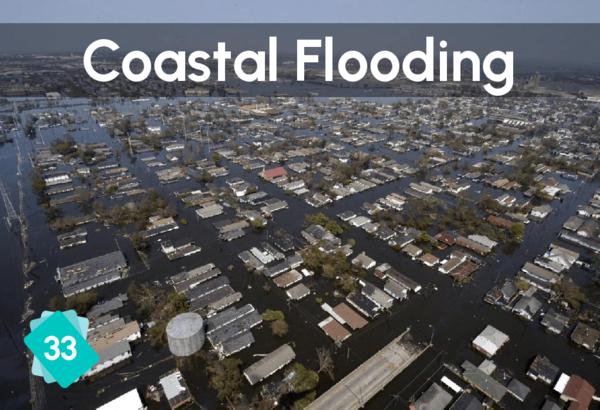34 - Cyclones
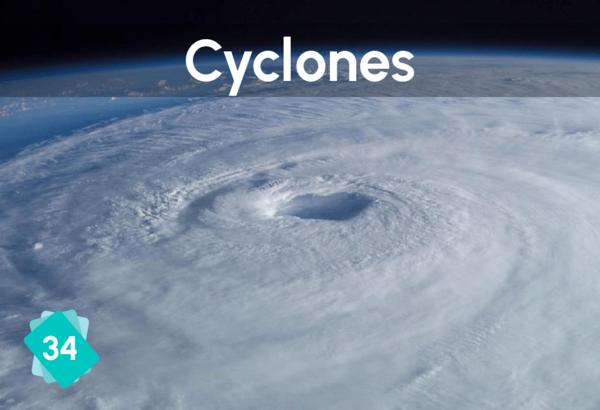
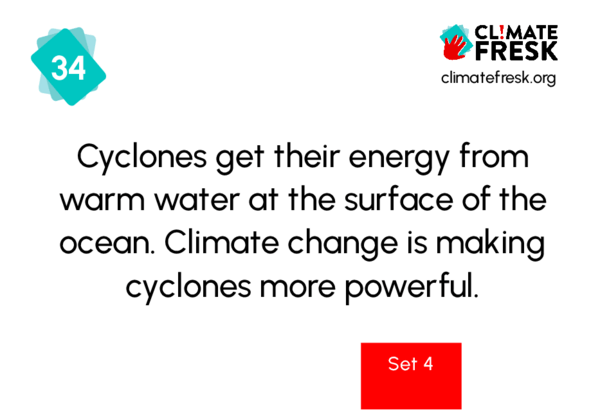
There are not more cyclones because of climate change (at least we have not yet been able to establish this statistically), but they are more violent. For the upstream card, we can choose either the disruption of the water cycle, in the sense that the increase in cyclone power is an illustration of the disruption of the water cycle, or the increase in water temperature, because cyclones feed on the energy of warm water from intertropical areas. It makes less sense to have both.
2Causes
4Consequences
Sunday, August 2, 2020, Florida is preparing for the passage of Isaias, the hurricane that dumped torrential rains on the Bahamas the day before. It could regain strength and test the emergency services of one of the states most affected by the Covid-19 epidemic in the United States. It has more than 480,000 cases detected since the start of the pandemic, surpassing New York, long the epicentre of the American epidemic in the spring, and second only to California, which has twice the population. Due to the weather, the state has had to close Covid-19 testing centres, many of which were set up in tents, in anticipation of the hurricane's arrival, although county testing centres remain open.
Les catastrophes climatiques peuvent exacerber les inégalités préexistantes en accentuant les disparités économiques, sociales et environnementales entre les différentes populations. Les politiques de gestion des risques, d'adaptation et d'atténuation doivent tenir compte de ces inégalités pour promouvoir une résilience plus équitable.
Sources : AR6 WG2 B.2.5 p25 (p13)





